Useful links:
- The GPstar 365 manual: FEI-Zyfer / Odetics 365 Series Manual (pdf) - Artisan ...https://www.artisantg.com › info › FEI_Zyfer_Od...
- About the 1024 week bug: https://en.wikipedia.org/wiki/GPS_week_number_rollover
- A datasheet for the 27C010: https://docs.rs-online.com/110f/0900766b800259d5.pdf - note this may be for a newer other manufacturers version, but was close enough in this case
- A datasheet for the 80C188: https://datasheet.octopart.com/N80C188-AMD-datasheet-37655489.pdf (same caveat)
- Github project for my 27C040 Raspberry Pi EPROM dumper (and the bash version!): https://github.com/pastcompute/pi400-27c010-reader
 pastcompute
pastcompute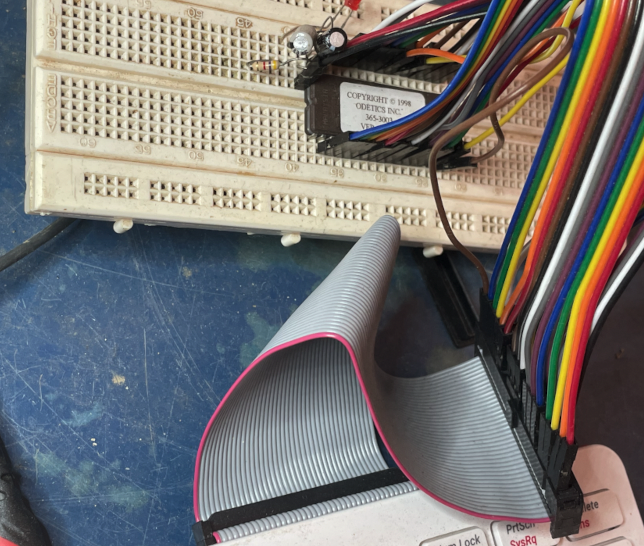
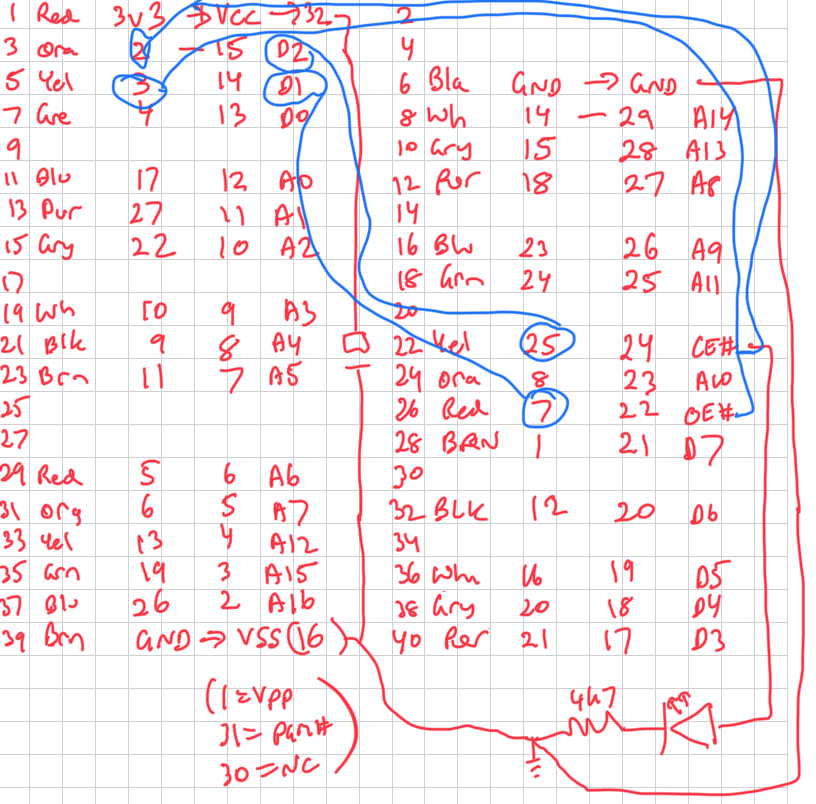
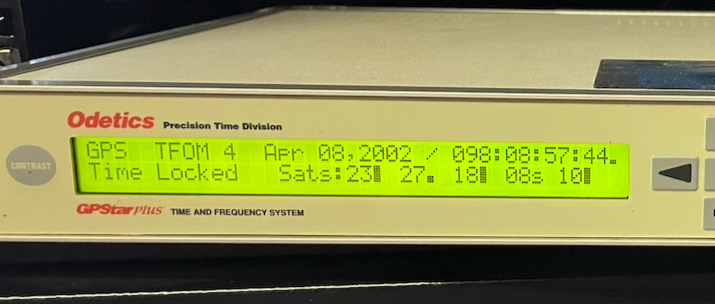
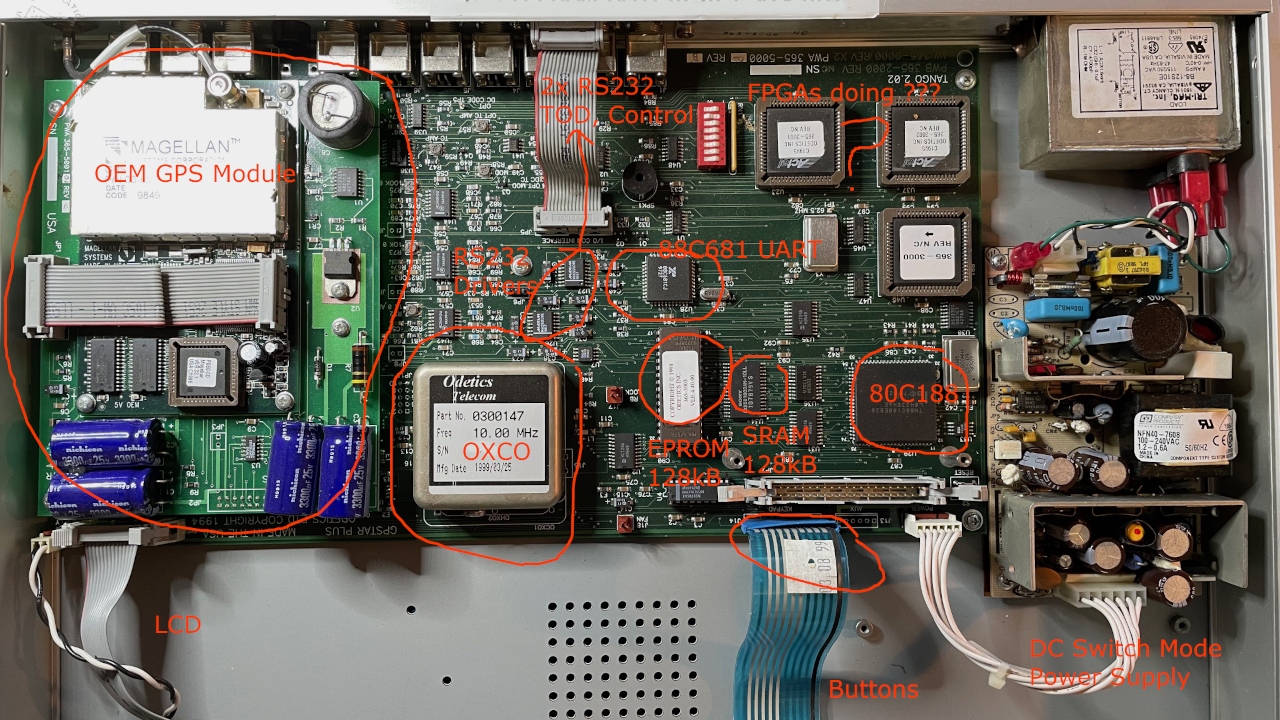


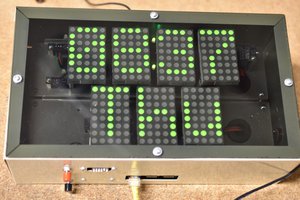
 Bharbour
Bharbour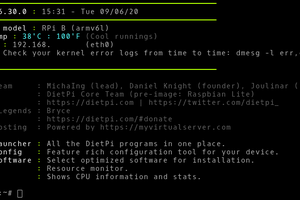
 Ken Yap
Ken Yap
 Radu Motisan
Radu Motisan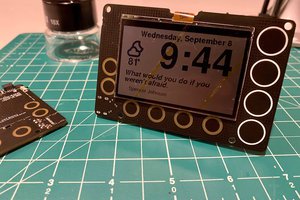
 Darian Johnson
Darian Johnson
You could replace the EPROM with the corresponding EEPROM. EEPROMs can be (re)programmed with normal voltages, no need for the higher voltages of EPROMs. It would also speed up development, you don't have to erase with UV light.